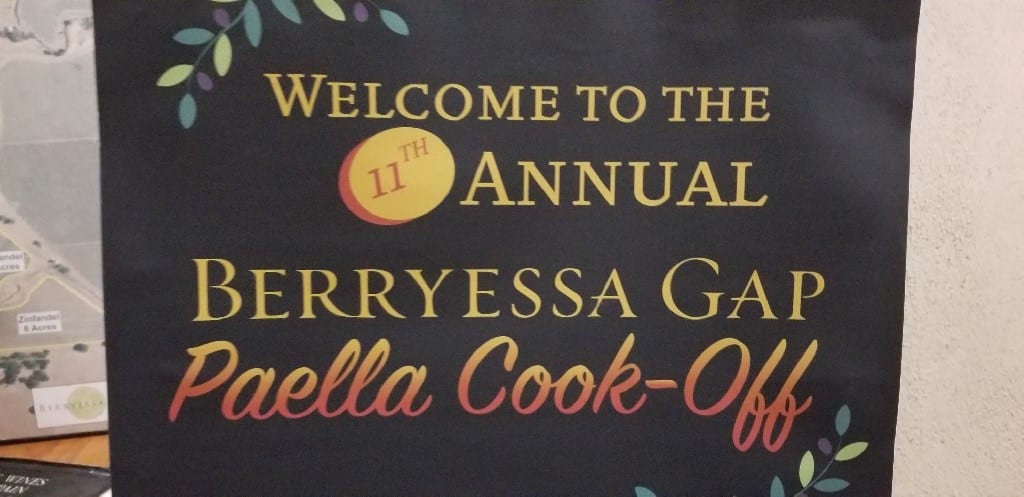Please The Palate Pick of the Week: Berryessa Gap Paella Cook-Off
There is something beautiful about watching paella being cooked over an open fire in a large open pan. This image was magnified this past week where at least a dozen different paellas were being made for the Berryessa Gap Paella Cook-Off, the Please The Palate pick of the week. Berryessa Gap is a winery based in Winters, in Yolo County, California, located 30 miles from Sacramento and 60 miles from San Francisco. Owned by the Martinez family who originates from Spain, they celebrate their Spanish heritage each year with the annual Paella Cookoff and Dinner. This year marked the 11th annual event and more than a dozen local chefs came out to make paellas, many from their own family's recipes.
Berryessa Gap is a winery based in Winters, in Yolo County, California, located 30 miles from Sacramento and 60 miles from San Francisco. Owned by the Martinez family who originates from Spain, they celebrate their Spanish heritage each year with the annual Paella Cookoff and Dinner. This year marked the 11th annual event and more than a dozen local chefs came out to make paellas, many from their own family's recipes.
17 November, 2018







